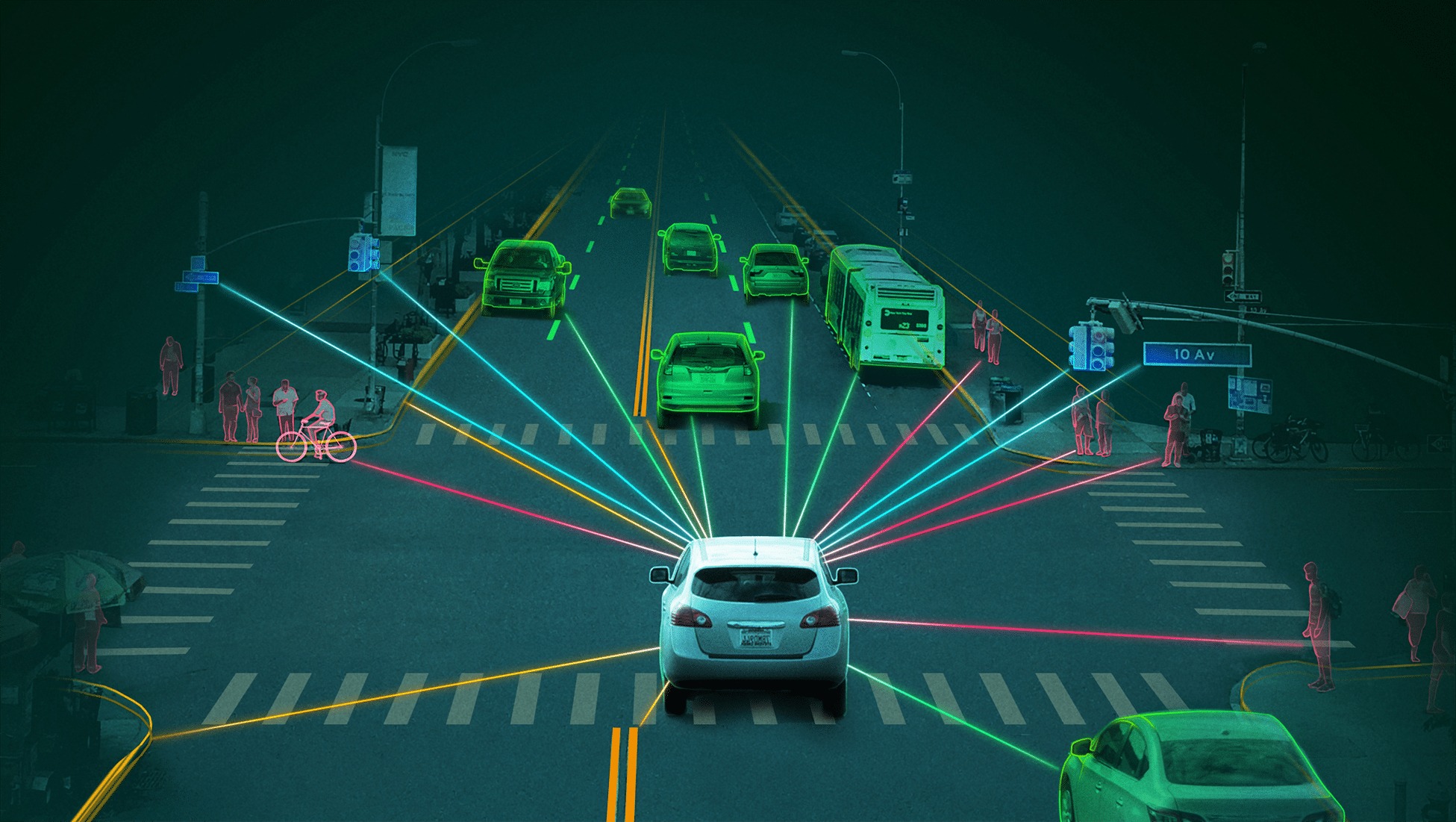
Advancements in Autonomous Driving Technologies
In recent years, autonomous driving technologies have seen significant advancements, reshaping the landscape of the automotive industry and paving the way for a future where self-driving vehicles are a common sight on our roads. With a decade of experience in this field, this expert article explores the latest breakthroughs in autonomous driving technologies, from improved sensors to advanced AI algorithms, and their implications for the future of transportation.
The Evolution of Autonomous Driving
Levels of Autonomy
Autonomous driving technologies are categorized into six levels, ranging from Level 0 (no automation) to Level 5 (full automation). Each level represents a different degree of automation, with Level 5 indicating that a vehicle can operate without human intervention under all conditions. Recent advancements have brought us closer to achieving higher levels of autonomy.
Sensor Technologies
Sensors play a pivotal role in autonomous driving systems. Recent innovations in lidar, radar, and camera technologies have significantly improved the ability of vehicles to perceive and interpret their surroundings. High-resolution, long-range sensors are essential for safe autonomous operation.
Machine Learning and Artificial Intelligence
Deep Learning
Deep learning techniques, a subset of machine learning, have been instrumental in advancing autonomous driving. Neural networks can process vast amounts of data from sensors, enabling vehicles to recognize and respond to complex scenarios, such as identifying pedestrians, cyclists, and road signs.
Predictive Analytics
Autonomous vehicles rely on predictive analytics to anticipate and react to potential hazards. Advanced AI algorithms analyze data from various sources, including sensors, traffic patterns, and historical data, to make real-time decisions that prioritize safety.
Connectivity and Vehicle-to-Everything (V2X) Communication
V2V Communication
Vehicle-to-Vehicle communication allows vehicles to exchange information about their speed, position, and direction. This real-time data sharing enhances situational awareness and helps prevent accidents, particularly at intersections and in high-traffic areas.
V2I Communication
Vehicle-to-Infrastructure communication connects cars with traffic signals, road signs, and infrastructure. It provides vehicles with critical information, such as traffic light timings and road conditions, facilitating safe and efficient navigation.
Testing and Simulation
Virtual Testing Environments
To accelerate the development of autonomous driving technologies, manufacturers are increasingly using virtual testing environments. These simulations replicate real-world scenarios, allowing developers to fine-tune algorithms and evaluate vehicle performance in a safe and controlled setting.
Real-World Testing
Real-world testing remains a crucial component of autonomous driving development. Test vehicles equipped with the latest technologies navigate city streets, highways, and challenging conditions to validate their capabilities and gather valuable data for further refinement.
Safety and Regulatory Considerations
Safety Standards
As autonomous driving technologies advance, safety standards and regulations are evolving to ensure the safe deployment of self-driving vehicles. Regulatory bodies are working closely with industry stakeholders to establish guidelines and requirements for autonomous systems.
Ethical and Legal Frameworks
Ethical considerations surrounding autonomous vehicles include questions about decision-making in emergency situations and liability in the event of accidents. Legal frameworks are being developed to address these complex issues and establish responsibility.
Commercial Applications
Ride-Sharing and Delivery Services
Autonomous vehicles have significant implications for the ride-sharing and delivery industries. Companies like Uber, Lyft, and Amazon are exploring the integration of self-driving vehicles into their fleets to reduce costs and enhance efficiency.
Autonomous Trucking
Autonomous trucking is another promising application of self-driving technologies. The freight industry stands to benefit from autonomous long-haul trucks, which can operate continuously and improve logistics.
Conclusion
Advancements in autonomous driving technologies have brought us closer to a future where self-driving vehicles are a common and safe mode of transportation. These technologies continue to evolve, driven by innovations in sensors, artificial intelligence, and connectivity. While significant progress has been made, challenges remain, including regulatory considerations and ethical dilemmas.
As we move forward, collaboration between industry leaders, regulators, and the broader community will be essential to ensure the responsible and safe deployment of autonomous vehicles. With continued research and development, we can expect autonomous driving technologies to redefine the way we travel, making transportation safer, more efficient, and more accessible for everyone.

